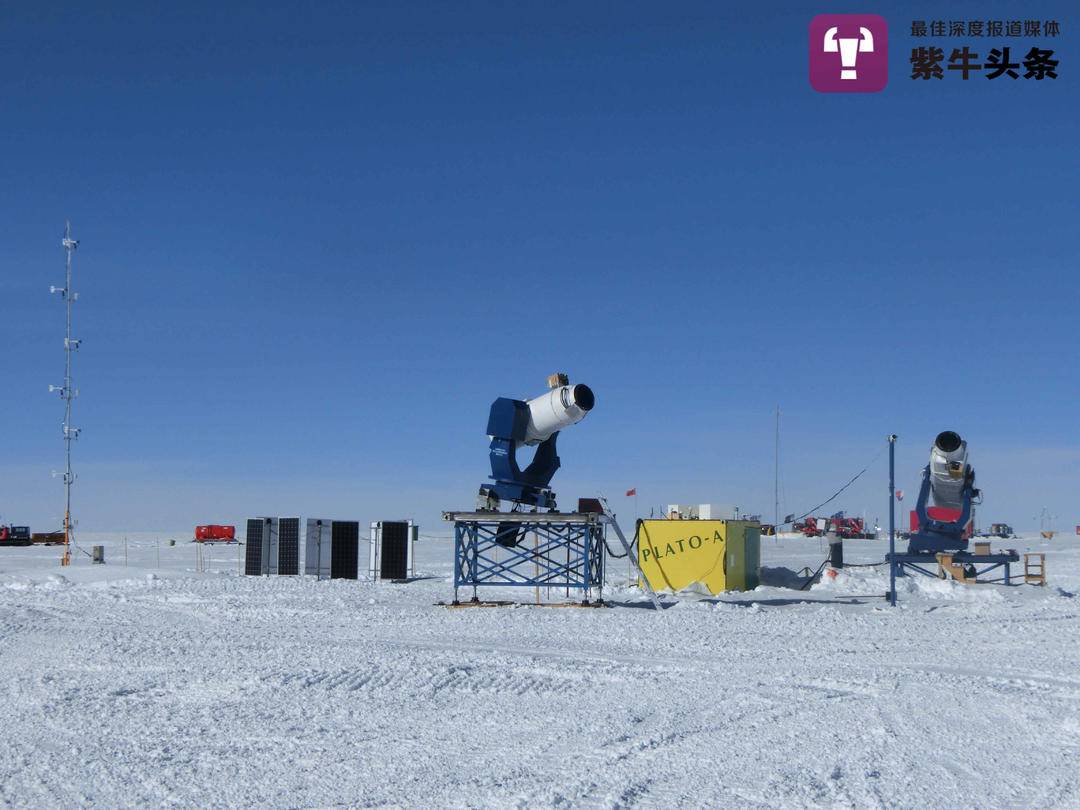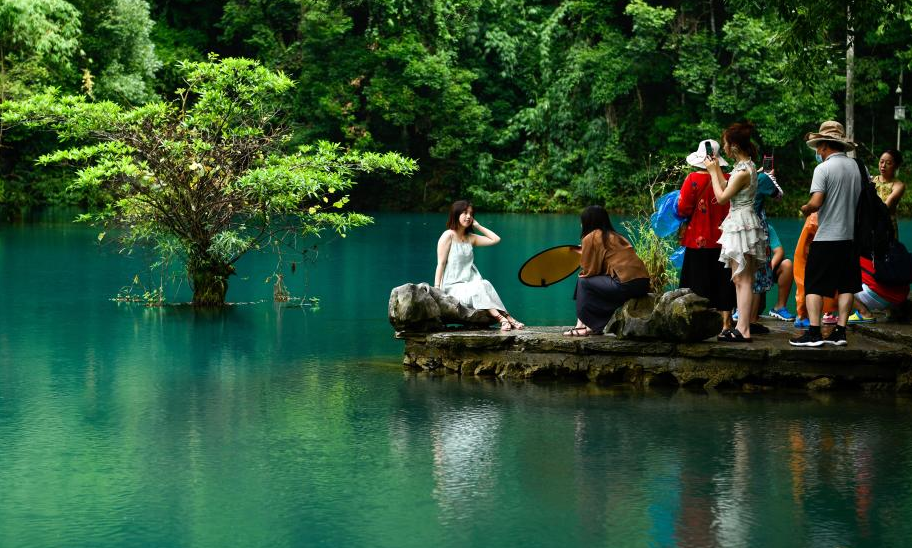Chinese scientist braves harsh conditions of Antarctica in contribution to astronomical research
Li Zhengyang, a researcher from the Nanjing Institute of Astronomical Optics and Technology of the National Astronomical Observatories under the Chinese Academy of Sciences (CAS), who has twice been to Dome A, the peak of the Antarctica’s inland icecap, said that carrying out scientific research in conditions of extremely low temperatures has been a difficult yet rewarding experience for him.

Photo shows a schematic diagram of China’s Antarctic research stations. (Photo courtesy of Li Zhengyang)
“The Antarctic inland is the ideal place for astronomical observations,” Li said, adding that to be able to contribute to developing Antarctic astronomy and establish domestically built observation equipment in the Antarctic means a great deal for the country’s efforts in astronomical and deep space exploration.
Dome A, with an altitude of 4,093 meters, has been dubbed as “the inaccessible pole” due to its having some of the world’s harshest climatic conditions. “I’m so proud that Dome A, the best site to catch a view of the stars, was first visited by Chinese,” said Li.

Photo shows astronomical equipment at the Kunlun station, which is located in Dome A, the peak of Antarctica’s inland icecap. (Photo courtesy of Li Zhengyang)
In 2011, Li, who was a doctoral student at the time, took part in the 28th Antarctic expedition of China. During the expedition, the icebreaker Xuelong, or “Snow Dragon,” delivered supplies to the country’s Antarctic stations while scientists on board conducted various scientific research tasks, including the installation of an Antarctic survey telescope.
The Antarctic survey telescope was installed by Li and his colleagues, who were part of a joint research team established by the Polar Research Institute of China, China’s National Astronomical Observatories, the CAS, and the Nanjing Institute of Astronomical Optics and Technology under the National Astronomical Observatories.
During the expedition, Li and three other scientific researchers installed AST3-1, China’s first domestically produced automatic unmanned telescope, and PLATO-A, a second-generation automated highland international astronomical observation station, having completed their tasks in only 20 days while at the Kunlun station of China.

Photo shows astronomical telescopes installed in Antarctica. (Photo courtesy of Li Zhengyang)
The AST3 is capable of conducting surveys of supernovae and other extrasolar bodies.
In 2014, Li participated in China’s 31st Antarctic expedition. He and another astronomer worked together at the Kunlun station for 23 days and completed what might be considered some of the profession’s most arduous and difficult astronomical research activities. Li himself was responsible for installing all of the outdoor observation equipment.
Due to the long hours of working outdoors and exposure to sunlight, Li’s face got sunburnt. Working in an oxygen deficient atmosphere also meant that it was difficult for Li to move around and he often felt exhausted, losing 10 kilograms of bodyweight during the course of his second Antarctic expedition. Moreover, the cold air often made him cough as he went about his work. However, Li raced against time to complete his tasks despite all of these difficulties.
“Before the moment when we stood at the highest point in Antarctica, fewer than 100 people had ever been to that same place,” Li said, adding that astronomers are simply in awe of Antarctica.

Li Zhengyang works outdoors while on an expedition to Antarctica. (Photo courtesy of Li Zhengyang)

Photo shows a picture of the moon taken by Li Zhengyang while on an expedition to Antarctica. (Photo courtesy of Li Zhengyang)

Li Zhengyang poses for a photo at the highest point of Antarctica, wearing a T-shirt with a family photo printed onto its front. (Photo courtesy of Li Zhengyang)
Photos
Copyright © 2022 People's Daily Online. All Rights Reserved.









